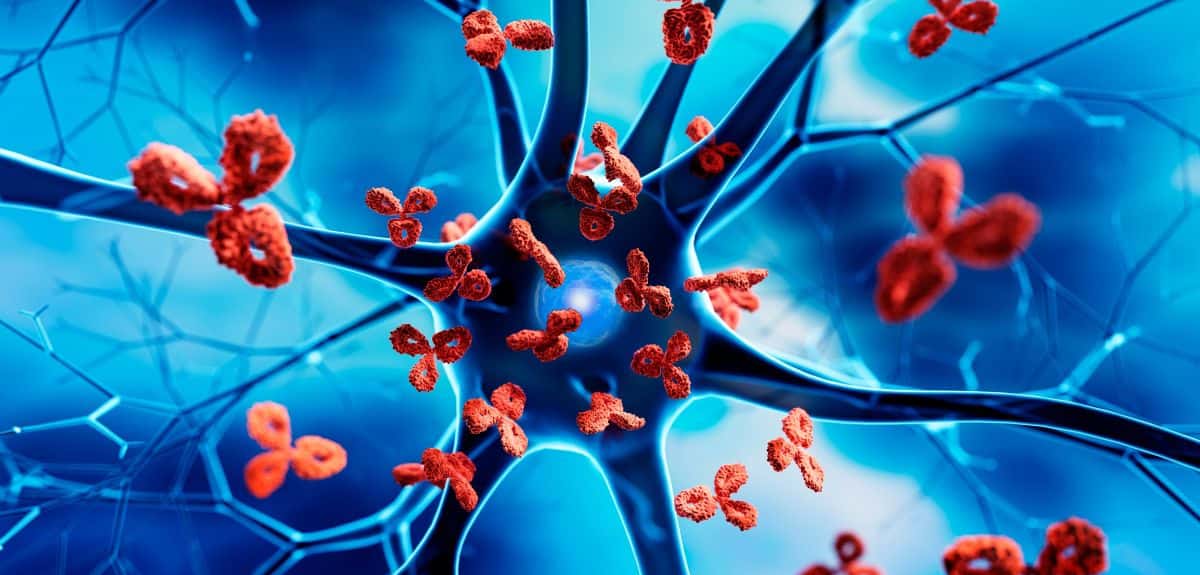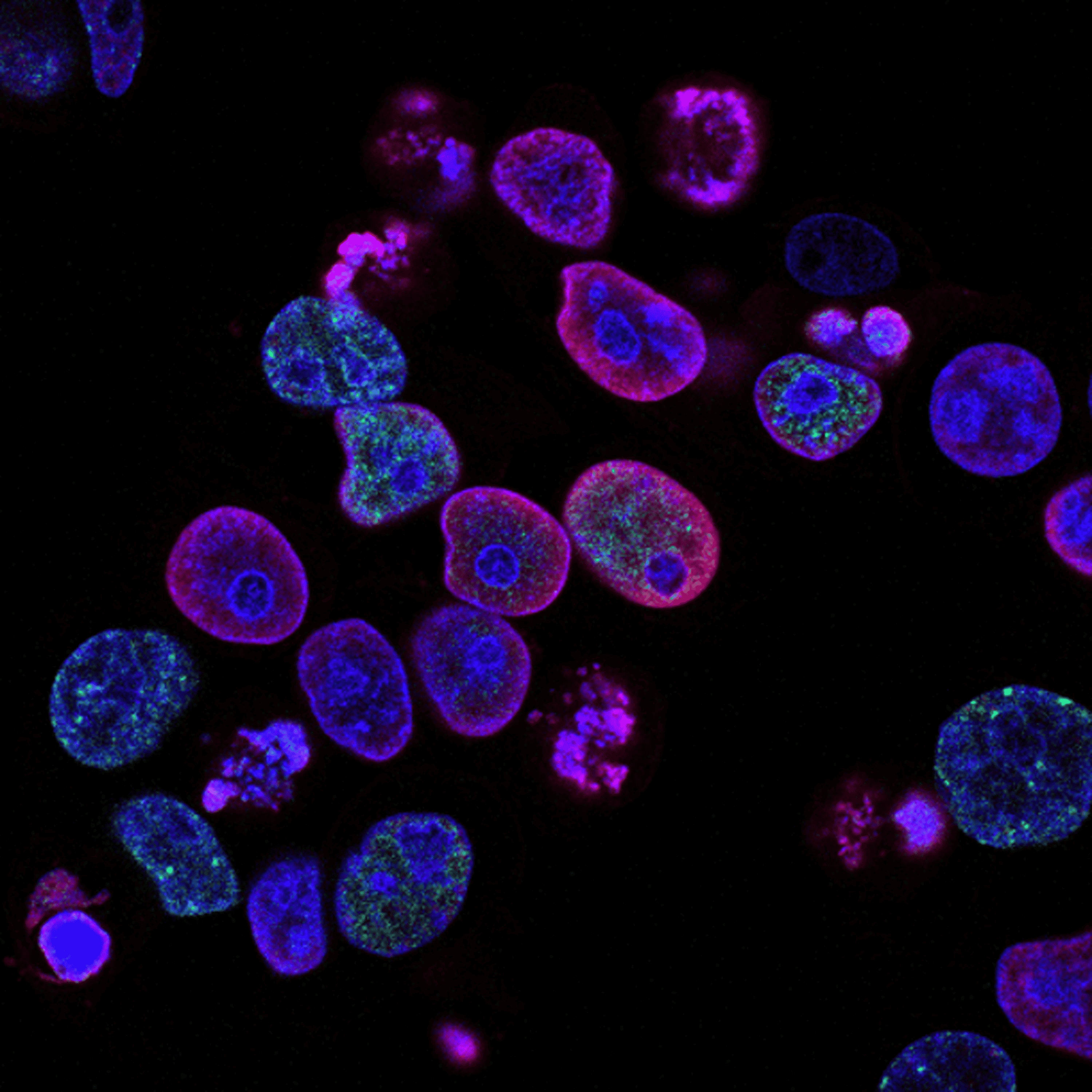
Currently, many medical conditions an diseases, like heart failure, are diagnosed from blood tests that look for one biomarker (such as a protein or other small molecule). A new promising method, developed by scientists at Imperial College London in a research collaboration with Oxford Nanopore Technologies, can analyse dozens of biomarkers of different types at the same time. This would potentially allow clinicians to gather more information about a patient’s disease, says the university in a press release.
- Scientists are developing a test capable of simultaneously analyzing over 40 different biomarkers, providing a more comprehensive approach to disease diagnosis.
- This adaptable method, requiring only a small blood sample, not only offers rapid and cost-effective heart failure detection but also holds promise for detecting various diseases, including cancer and neurodegenerative conditions.
Heart failure detection
For example, current tests for heart failure look for a couple of common proteins to tell whether the condition is present. The new method was able to additionally detect 40 different types of miRNA molecules, which have the potential to be used as a new class of biomarkers. It can simultaneously examine proteins, small molecules like neurotransmitters, and miRNA from the same clinical sample, providing comprehensive data for a more precise diagnosis.
Co-first author Caroline Koch, from the Department of Chemistry at Imperial, said: “There are many different ways you can arrive at heart failure, but our test will hopefully provide a low-cost and rapid way to find this out and help guide treatment options. This kind of result is possible with less than a millilitre of blood. It’s also a very adaptable method so that by changing the target biomarkers it could be used to detect the characteristics of diseases including cancer and neurodegenerative conditions.”

DNA barcoding
The test works by mixing the blood sample with so-called DNA ‘barcodes’. Once the sample and barcodes have been mixed, the resulting solution is injected into a low-cost handheld device previously developed by Oxford Nanopore – the MinION.
The device holds a flow cell, containing an array of nanopores – very small holes – that are able to read the electrical signature from each DNA barcode that passes through them. The complex electrical signal the device produces is interpreted by a machine-learning algorithm to identify the type and concentration of each biomarker present in the sample.
The DNA barcodes used for each test can be made to order, specifically for the biomarkers that need to be analysed to characterise the disease being tested for. Using DNA barcodes also removes the need for complex and time-consuming sample preparation, which can also introduce sample bias.
Co-lead researcher Dr Alex Ivanov, also from the Department of Chemistry at Imperial, said: “In principle, we are close to enabling a technology being suitable for clinics, where, in the long run, we hope it could provide a wealth of individualised information for patients with a range of conditions.”
Future directions
The team is now working with clinical samples from heart failure patients to validate the results. Regular testing like this could also help clinicians establish their individual patient baselines for common blood biomarkers.
The method may be useful for speeding up diagnosis in two ways: as well as measuring more biomarkers at once, it can also help find new biomarkers. While currently only a handful of biomarkers are validated for diagnosing heart disease, by measuring 40 miRNA types of interest simultaneously, the team could also see which of these are relevant and could be validated with more testing.







